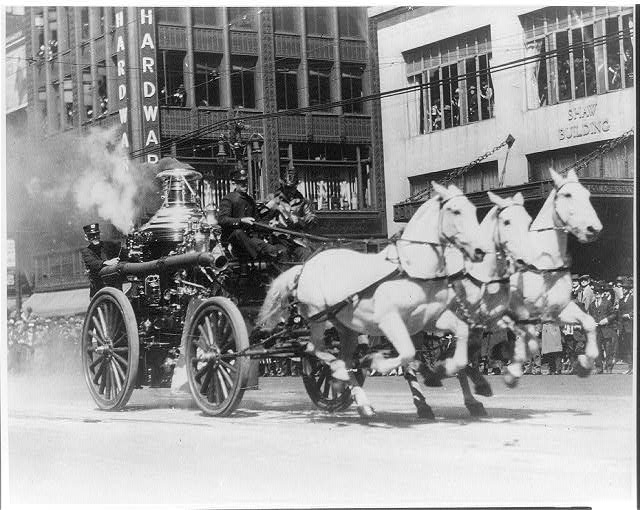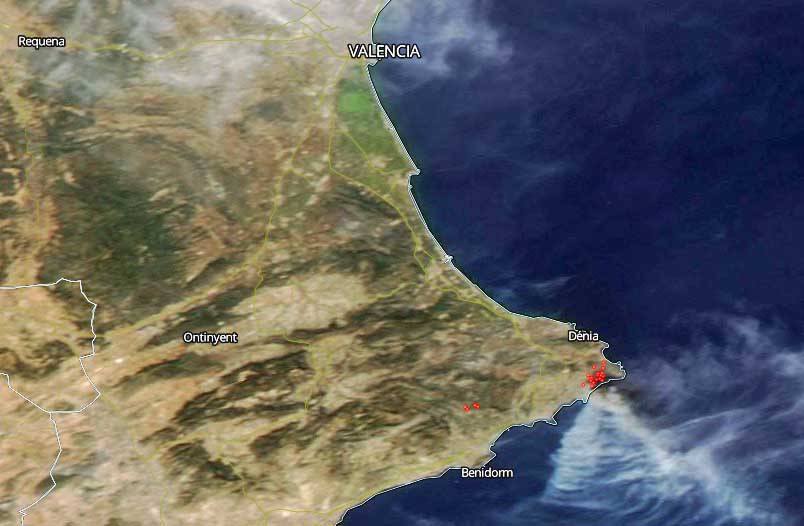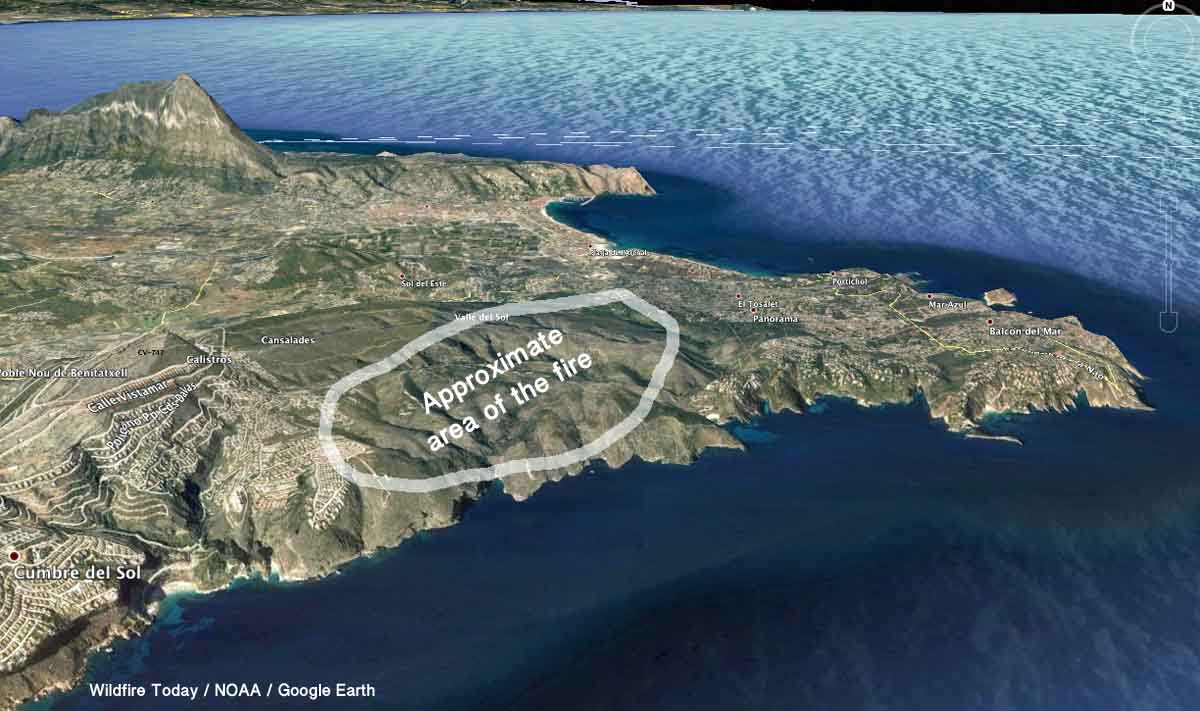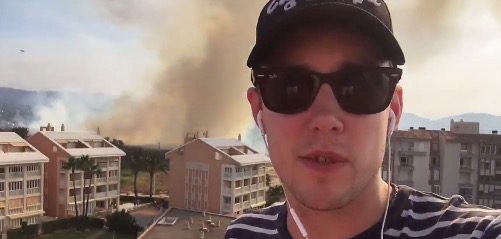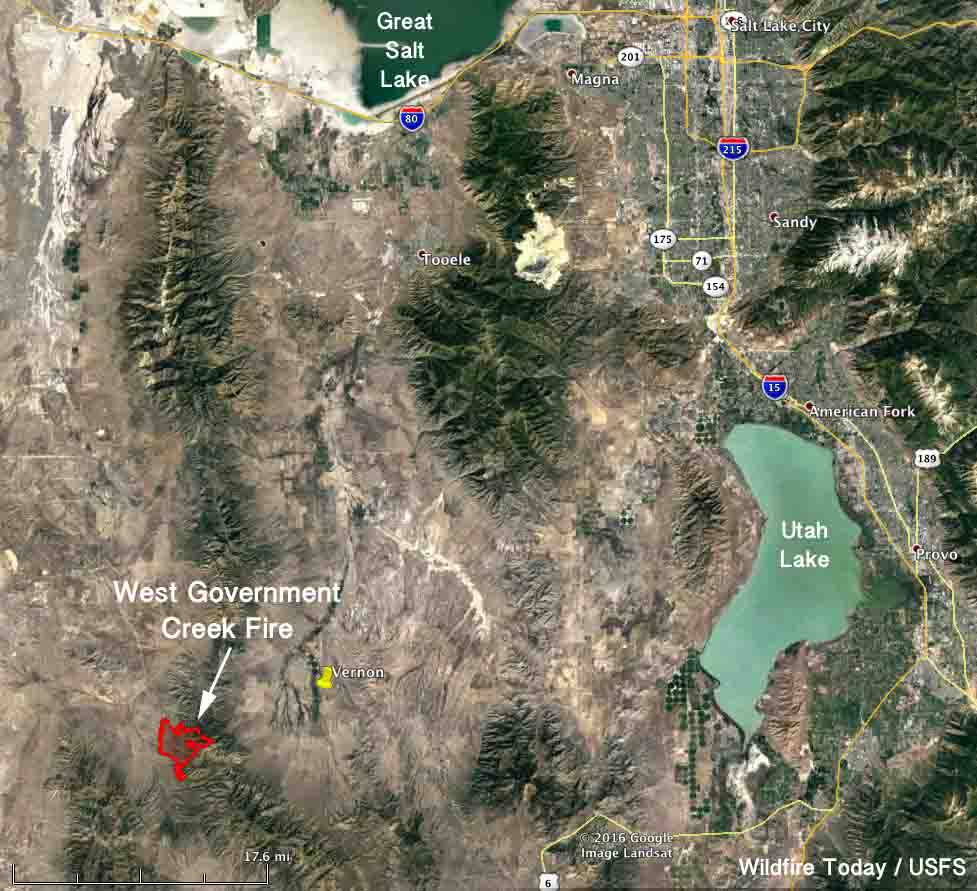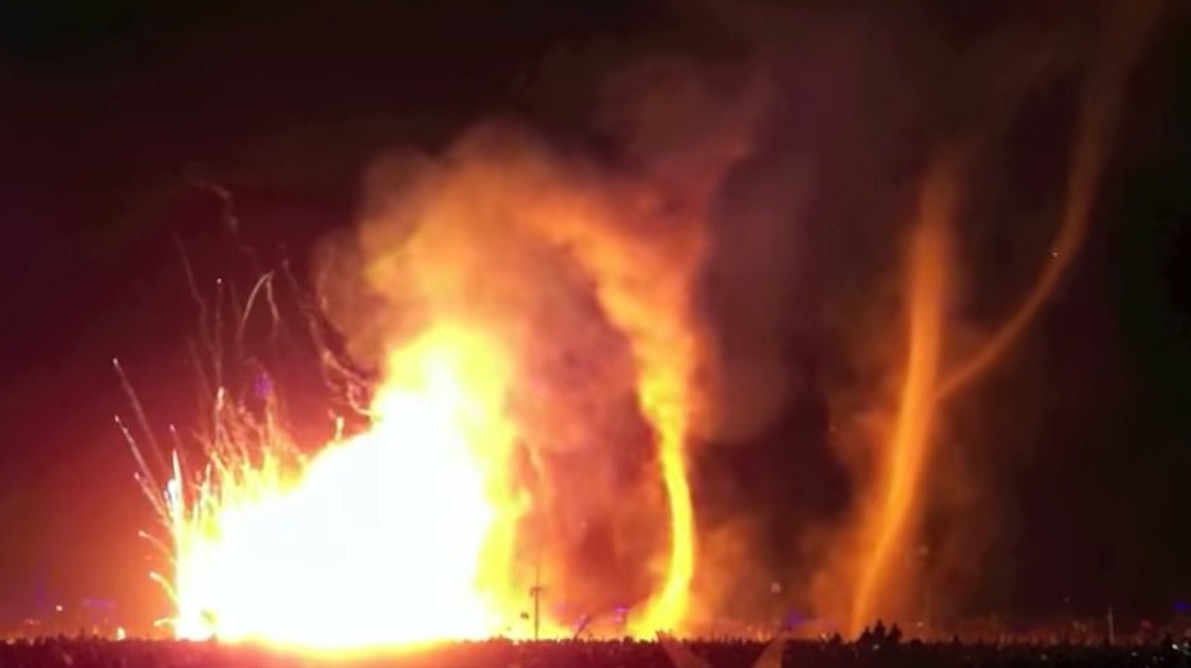“There simply isn’t any safe place for [firefighters] to work”
Above: Pioneer Fire August 31, 2016. InciWeb photo.
The Regional Director of Fire and Aviation for the U.S. Forest Service’s Northern Region, Sue Stewart, distributed a three-page document on August 31, 2016 describing the background and status of the Pioneer Fire that as of September 2 has burned 180,000 acres in central Idaho. Below are two excerpts. You can view the full document here.
****
“The Pioneer Fire on the Boise National Forest started on July 18th, and despite our best efforts it escaped our initial attack. Six weeks later, on August 31st, the fire is 157,000 acres and still spreading to the north. There is about 350 miles of fire perimeter, with 182 miles of completed fireline. Here are the things it’s important to understand about our management of this fire:
1. Our initial attack was immediate and aggressive. Here’s the narrative statement that reports our initial response on July 18th:
The Pioneer Fire was reported at 1717 hours to Boise Dispatch by the lead plane assigned to the Casner Fire while it was returning to Boise Airport. The initial fire size-up from the lead plane was 1 to 1.5 acres in continuous fuels. No structures in the immediate area of the fire and poor road access. The fire was initial attacked by one air attack, one lead plane, four helicopters, one heavy air tanker, two single engine air tankers, 11 smoke jumpers, Boise Hotshots, Crew 11, Engine 412, one wet patrol unit, and a fire investigator.
At 1804 hours dispatch received an update that the fire was increasing in size. The first resource on scene was Boise BLM Helitack at 1810 hours. They immediately ordered a heavy air tanker, two single engine air tankers, two type 2 helicopters, and one type 1 helicopter for the fire. The helitack crew was unable to find a landing site near the fire area. They flew to Idaho City Airstrip to put on a bucket for water drops and returned to the fire.
At 1841 hours dispatch received another update that the fire was five acres, growing, burning in timber, torching, and crowning flame lengths. By 1906 hours the fire was reported between 15 and 20 acres, spotting, with uphill runs. The fire was reported to be 30 acres by air attack at 2004 hours. Later, air attack reported the fire 100 acres with group tree torching at 2127 hours.
At 2207 hours the type 3 incident commander ordered additional resources to the fire. The order included, one additional type 2 helicopter, four type 1 crews, three type 2 IA crews, five type 4 engines, two water tenders and two dozers for the next day.
The cause of the Pioneer Fire is under investigation. The origin of the fire was located on Boise National Forest in Forest Service fire protection at T7N, R6E, section 16.
Reports that heavy air tankers were sitting unordered and unused while the fire was attacked by single engine air tankers are incorrect. We only had access to one of them, the other was on a mandatory day off. (Pilots are required to stand down to rest for safety one day each week during which time critical maintenance is taken care of on those heavily used aircraft.) The initial response was commensurate with the challenges the fire presented at IA, and we launched the heavy air tanker right away.
[…]
9. If we could put this fire out without compromising the safety of our firefighters and aviators we would do so. We will not put people in harm’s way without safety zones in which they can seek refuge from extreme fire behavior, and so as the fire continues to move to the north toward the Deadwood Reservoir and into some more remote terrain our suppression investments will decline significantly commensurate with values at risk from the fire.
In the past week as the fire has moved past locations where we might reasonably and safely check its progress, we have scaled back our workforce. There are just half the numbers of firefighters as there were last week; there simply isn’t any safe place for them to work and so we are able to redirect firefighters to other incidents where they can make a difference. As the Pioneer Fire bumps into old fire scars, however, we have opportunities in the altered fuels to stop its progress and we will be taking advantage of those opportunities. A projected containment date in October is not giving up – it’s simply being realistic about what we can do safely.”
